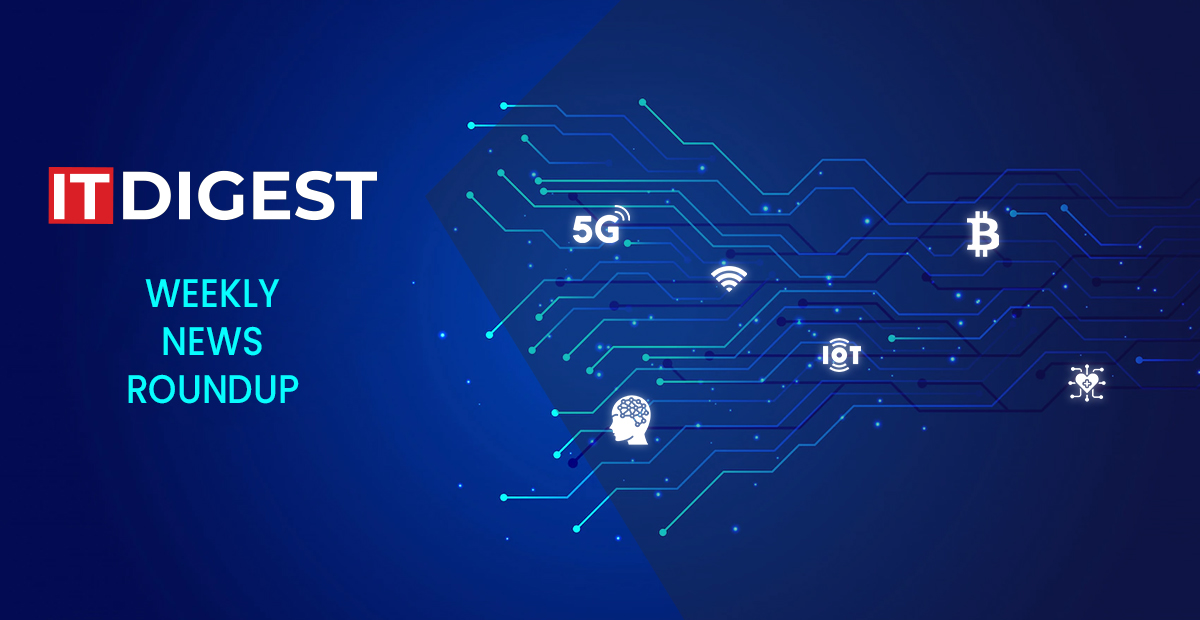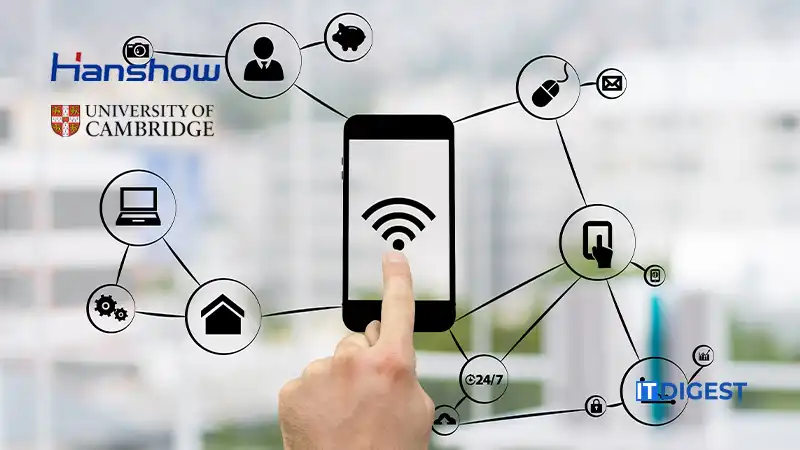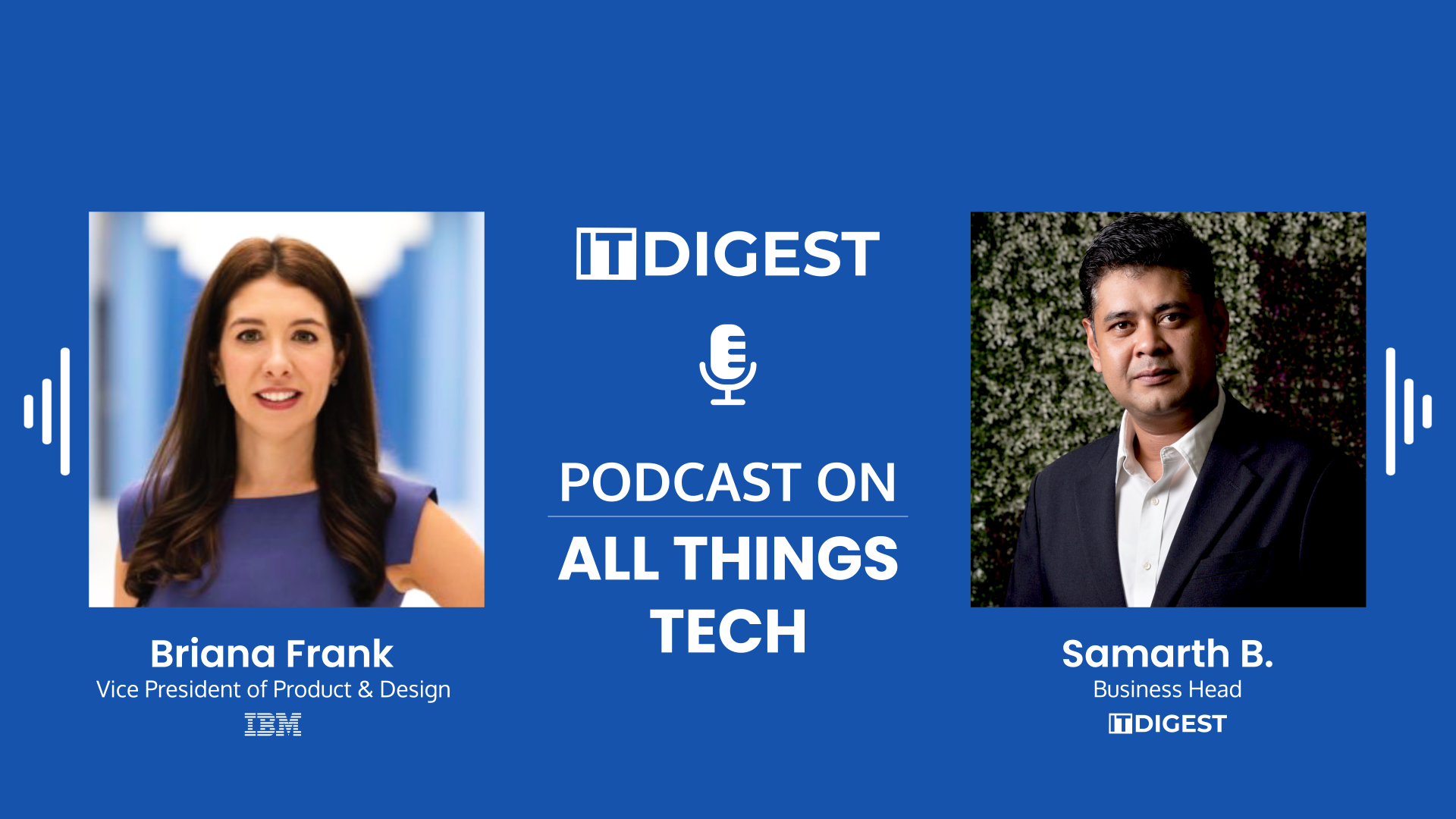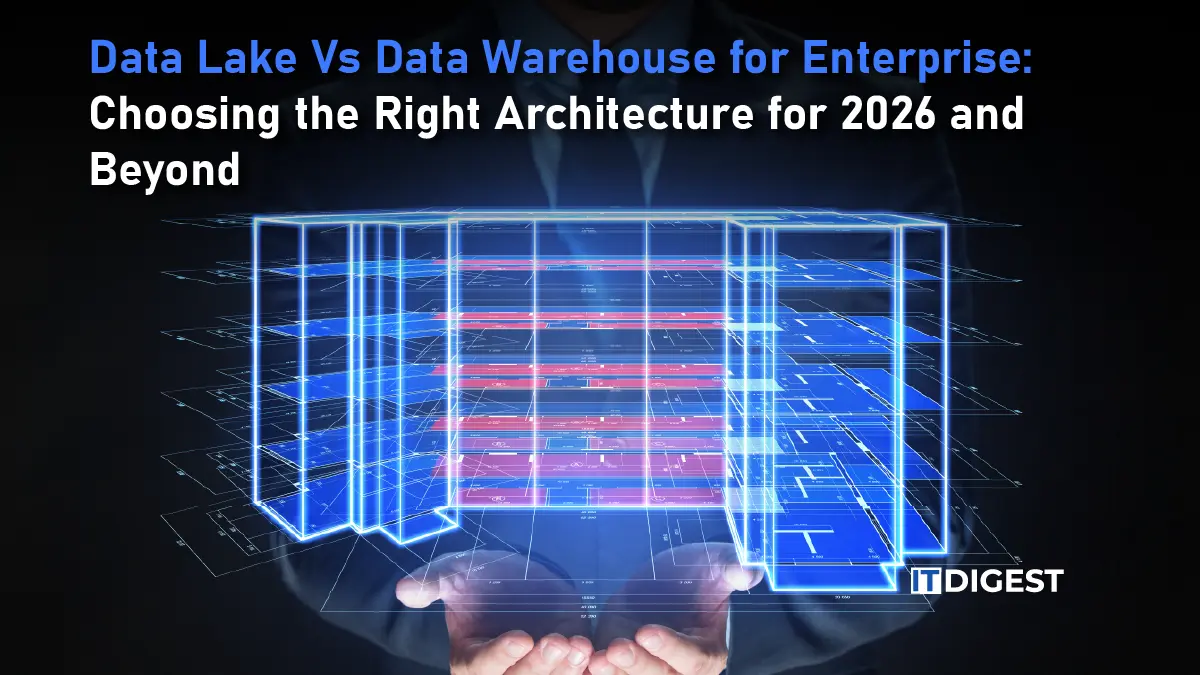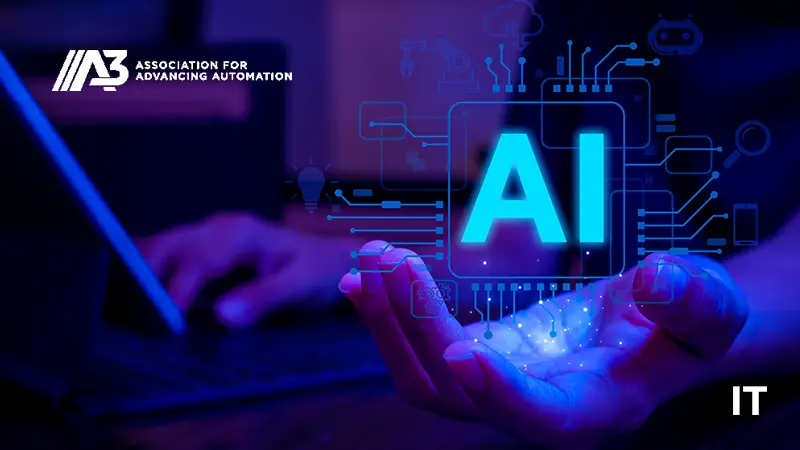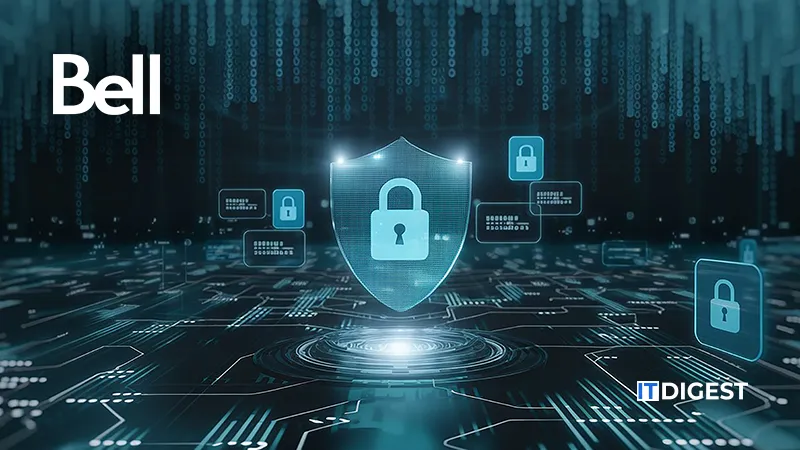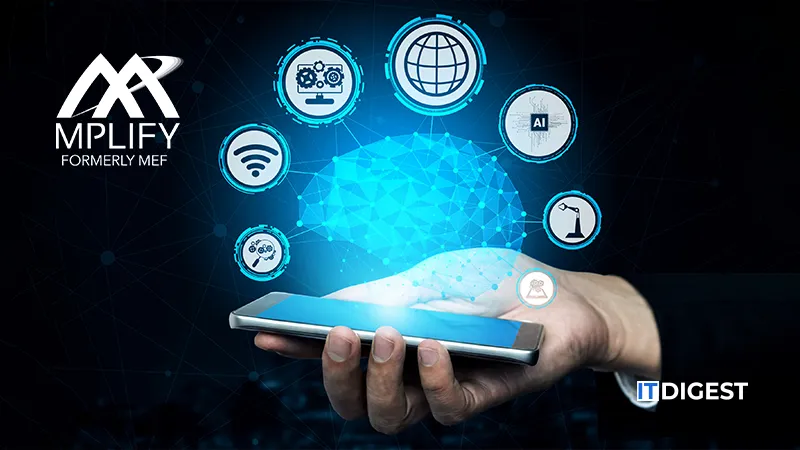MicroCloud Hologram Inc., a Hologram Digital Twins Technology provider, announced an edge storage (computing) system based on blockchain technology to realize the value of data circulation. Edge storage is a distributed storage that stores data closer to the source of data generation, which reduces data transmission delays and network congestion. Blockchain technology, on the other hand, provides decentralization, immutability and security to ensure data integrity. The system will utilize the decentralized and tamper-proof features of blockchain to establish a trusted data-sharing platform. Edge devices can store their data on the blockchain and realize data access and exchange through smart contracts. At the same time, the consensus mechanism and encryption algorithm of the blockchain ensure data security and privacy protection.
In the system, each edge device has a unique identification that is used to distinguish and verify the identity of the device. When a device wants to share data, it can publish the data to the blockchain and specify the access rights and exchange rules through a smart contract. Other devices can query and access the data through the blockchain, as well as pay the corresponding fees through smart contracts. In this way, data can be easily shared and exchanged between edge devices, realizing the value of data circulation. HOLO realized the value of data circulation by combining edge storage with blockchain technology. Edge storage can store data closer to the source of data generation, allowing data to be accessed and shared more quickly. At the same time, blockchain technology can ensure that data is secure and trustworthy, preventing it from being tampered with or forged. In this way, the process of circulating data can be more efficient and secure.
Also Read: FluxOS to Launch Arcane Update, Elevating Network Security and Privacy
Suppose an IoT device generates a large amount of sensor data that needs to be used by different applications and users. The traditional way is to store the data in the cloud and then transmit it over the network to where it is needed. However, due to the large amount of data and network latency, the transmission process can be slow, affecting the real-time availability and usability of the data. The edge storage (computing) system based on blockchain technology can solve this problem. Devices can store data in edge nodes closer to them, which can reduce the delay of data transmission. At the same time, the security and integrity of data can be ensured through the encryption and authentication mechanisms of blockchain technology. In this way, other applications and users can access the data faster and can trust the authenticity of the data.
The edge storage (computing) system architecture based on blockchain technology includes edge nodes, blockchain networks, smart contracts and data storage.
Edge nodes: Edge nodes are devices distributed at the edge of the network, such as sensors, IoT devices, and mobile devices. These nodes, by connecting to the blockchain network, can distribute data storage and computation tasks to the edge devices, enabling distributed storage and computation.
Blockchain network: A blockchain network is a decentralized network consisting of a set of edge nodes. Each node has a full copy that stores all transaction records and smart contracts. Through consensus algorithms, nodes can agree and ensure data security and reliability.
Smart contract: Smart contracts are programmable codes that execute on the blockchain. They define rules for storage and computation and can automatically enforce these rules. Smart contracts can be used to realize data circulation and value exchange, and ensure the security and reliability of data.
Data storage: Data storage in blockchain edge storage (computing) can be divided into two parts. One part is the transaction records and smart contracts stored on the blockchain, and the other part is the data stored on the edge nodes. By storing data on edge nodes, the latency and bandwidth consumption of data transmission can be reduced and the privacy and security of data can be improved.
These components collaborate to enable distributed storage and computation of data, as well as data circulation and value exchange. HOLO’s blockchain-based edge storage and edge computing system uses smart contracts to manage data storage and computation. By using blockchain’s decentralized and untamperable features, the security and trustworthiness of data can be ensured.
Source: Globenewswire






